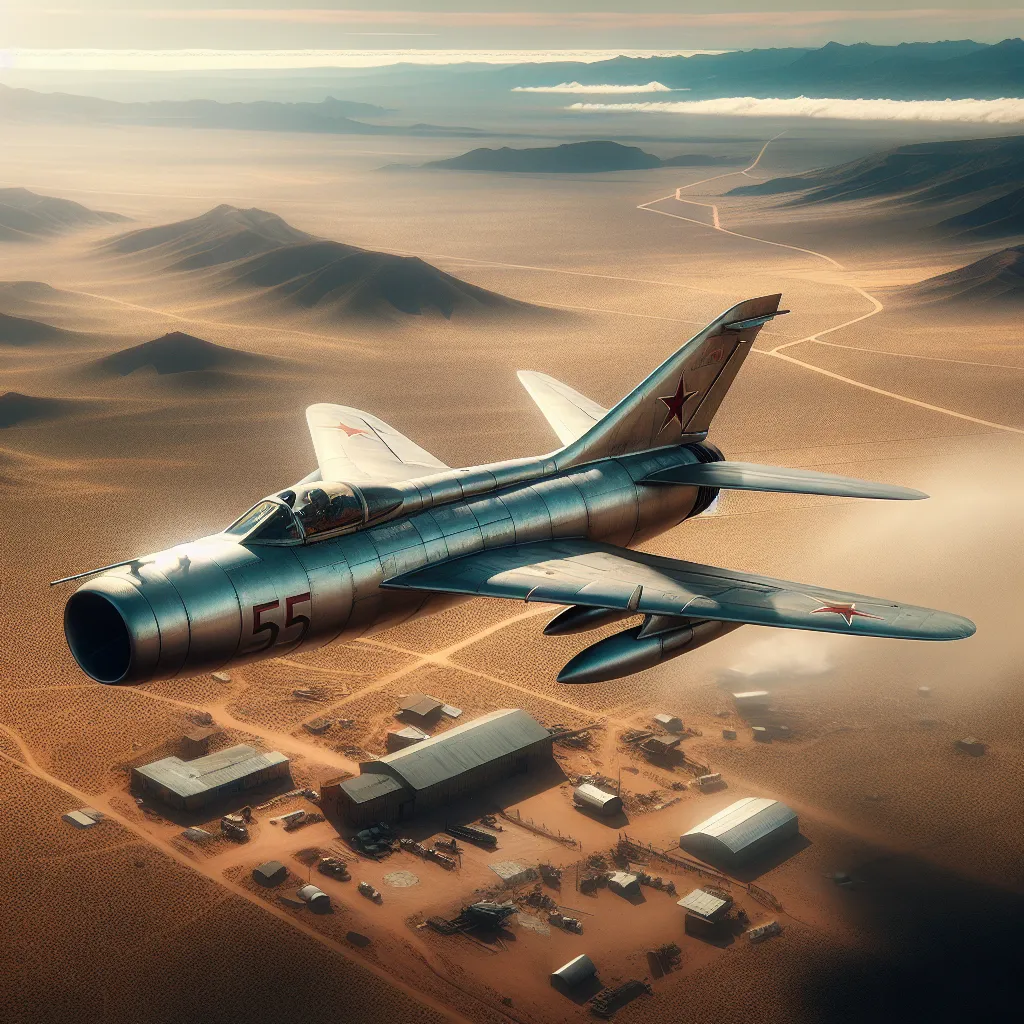Flying the Cobra might be a blast, but nothing quite matches the thrill of piloting the star dogfighter of its era, the Soviet MiG-15. This jet was the top fighter in the 1950s and holds an iconic spot in aviation history.
Larry Zagenick, an entrepreneur who owns a flight school, got his hands on a MiG-15 in a pretty unusual way. His friend, an arms dealer, was headed to Poland and casually asked if Larry wanted a MiG. Larry, intrigued, said yes. His friend sent back some photos, and Larry picked the one he liked best, almost like choosing a pinup poster. After some months, the jet arrived, but strangely enough, Larry never heard from his resourceful friend again. This left Larry’s brother often pondering the unsolved mystery of his friend’s fate, but that’s just part of the perilous arms-dealing world.
The MiG-15 isn’t just any jet; it was built in greater numbers than any other jet fighter of its time, sporting a revolutionary swept-wing design. It was armed to the teeth with 23-mm and 37-mm cannons, plus rockets or up to 2,000 pounds of bombs. When it first appeared in the Korean War, it outclassed the inexperienced American pilots with its superior performance. Today, instead of battling in the skies over Korea, it zooms over the New Mexico desert, offering a cost-effective rush and serving as a significant historical artifact and lesson in early aerodynamics.
Not everything about the MiG-15 screams cutting-edge, though. Its interior feels downright ancient by today’s standards. It’s more akin to something cobbled together during World War II than a modern jet fighter. The ejection seat, the first of its kind built by the Soviets, offers no guaranteed safety; pulling the handle could still mean a grim fate.
Despite its aged design, the MiG-15 still packs a punch. It can climb to an impressive 51,000 feet and reach speeds up to 670 miles per hour. But it’s no fan of slow speeds; the plane can become highly unstable, risking a dangerous stall and possible spin at lower velocities. Flyers must be wary of hitting around 400 knots while nosediving.
Larry turned his flying passion into a thriving flight school for jet warbirds in 1989, together with his business partner Dale Foust. They now operate six ex-military jets. For Larry, flying the MiG isn’t just a job; it’s a beloved hobby. But like all intense passions, it carries risks.
The most crucial daily goal is simple: to return home safely. Operating these jets requires a mindset that treats them as dangerous weapons. The reality is sobering; Larry knows 25 to 30 people who have lost their lives flying these warbirds. The accident rate hovers around four to five serious mishaps each year, with about two fatalities out of every 500 airplanes.
At the end of the day, flying a MiG-15 is a mix of exhilaration and careful respect for the potent machine beneath the pilot’s hands, a dance with history that could turn deadly if not treated with the utmost caution.






